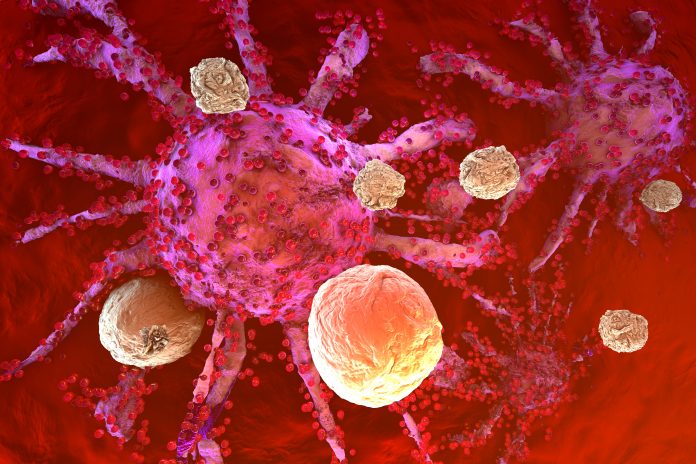
A collaborative study conducted by researchers at the La Jolla Institute for Immunology (LJI), scientists from the RIKEN Center for Integrative Medical Sciences in Japan, as well as teams at UC San Diego and the Salk Institute, has uncovered a novel role for the nuclear receptor retinoic acid receptor alpha (RARα) in orchestrating crucial early events in T cell activation.
Reporting in the journal Immunity, the researchers challenge conventional wisdom by demonstrating that RARα, traditionally associated with gene expression control within the cell nucleus, plays a pivotal role in T cell activation outside the nucleus.
T cells are essential components of the immune system, responsible for recognizing and attacking pathogens, including viruses and cancer cells. The study highlights that a form of RARα present in the cytoplasm is instrumental in linking signals detected at the cell surface with downstream signaling pathways and gene expression programs that drive T cell activation.
“It’s intriguing to see cytoplasmic retinoic acid receptors emerge as central players in connecting cell surface sensing to the intricate signaling cascades and gene expression patterns that transform T cells into effective fighters,” commented Hilde Cheroutre, PhD, professor at the LJI Center for Autoimmunity and Inflammation and lead author of the study.
At the heart of the discovery lies the interaction between T cell receptors (TCRs) located on the cell membrane and RARα. TCRs serve as communication channels, detecting external threats and initiating an alarm to activate T cell defenses. The team found that when TCRs are triggered, they form a complex known as a TCR signalosome, located just inside the cell membrane. Remarkably, RARα was detected within this activation complex, indicating a previously unrecognized role for the receptor.
“The identification of RARα within the TCR signalosome challenges our current understanding of TCR signaling dynamics and opens up new avenues for research,” said Mitchell Kronenberg, PhD, chief scientific officer at the LJI Center for Autoimmunity and Inflammation and a key collaborator on the study.
RARα’s significance was uncovered through a combination of cutting-edge techniques, including CRISPR gene editing and advanced imaging methods. According to the researchers, RARα comes in two isoforms—one confined to the nucleus and the other localized in the cytoplasm. The cytoplasmic isoform was found to be activated by the TCR signalosome upon T cell activation, rather than by the traditional retinoic acid.
The researchers also discovered that another molecule, cellular retinoic acid binding protein 2 (CRABP2), plays a role in transporting retinoic acid from the cytoplasm to the nucleus. When CRABP2 is absent, retinoic acid accumulates in the cytoplasm and interferes with TCR-activated RARα, impairing T cell activation. This phenomenon offers potential avenues for controlling inflammatory responses and autoimmune diseases.
“By unraveling the exact mechanisms through which RARα functions in T cell signaling, we aim to identify novel pathways that could be harnessed for therapeutic interventions targeting autoimmune diseases, inflammation, cancer, and infections,” concluded Samuel Myers, PhD, assistant professor at the LJI Laboratory for Immunochemical Circuits who will lead the subsequent phases of the research.











